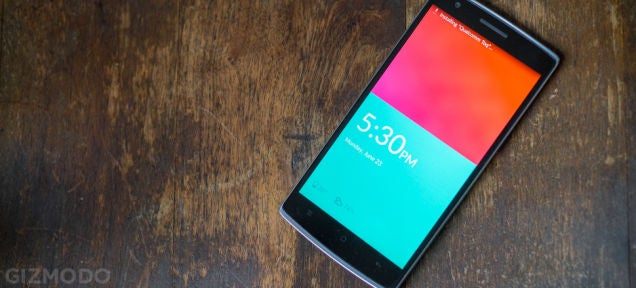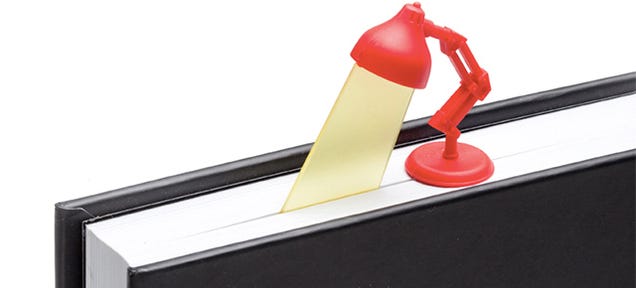By Don Reisinger Worldwide, Samsung’s market share drops from 32.5 percent in 2013 to 28 percent in 2014, while competitors, like Apple, maintain or gain ground.
Daily Archives: 20.01.2015
Why Does Smoke Cover So Much of South-East Asia?
A haze has periodically wafted over South-east Asia for 20 years. But despite rising public health concern, the problem remains as opaque as the smoke itself, Mike Ives reports.
…
Qt Weekly #23: Qt 5.5 enhancements for Linux graphics and input stacks
By Laszlo Agocs
The upcoming Qt 5.5 has received a number of improvements when it comes to running without a windowing system on Linux. While these target mainly Embedded Linux devices, they are also interesting for those wishing to run Qt applications on their desktop machines directly on the Linux console without X11 or Wayland.
We will now take a closer look at the new approach to supporting kernel mode setting and the direct rendering manager, as well as the recently introduced libinput support.
eglfs improvements
In previous versions there used be a kms platform plugin. This is still in place in Qt 5.5 but is not built by default anymore. As features accumulate, getting multiple platform plugins to function identically well gets more complicated. From Qt and the application’s point of view the kms and eglfs platforms are pretty much the same: they are both based on EGL and OpenGL ES 2.0. Supporting KMS/DRM is conceptually no different than providing any other device or vendor-specific eglfs backend (the so-called device hooks providing the glue between EGL and fbdev).
In order to achieve this in a maintainable way, the traditional static, compiled-in hooks approach had to be enhanced a bit. Those familiar with bringing Qt 5 up on embedded boards know this well: in the board-specific makespecs under qtbase/mkspecs/devices one comes across lines like the following:
EGLFS_PLATFORM_HOOKS_SOURCES = $$PWD/qeglfshooks_imx6.cpp
This compiles the given file in to the eglfs platform plugin. This is good enough when building for a specific board, but is not going to cut it in environments where multiple backends are available and hardcoding any given one is not acceptable. Therefore an alternative, plugin-based approach has been introduced. When looking at the folder qtbase/plugins/egldeviceintegrations after building Qt 5.5, we find the following (assuming the necessary headers and libraries files were present while configuring and building):
libqeglfs-kms-integration.so libqeglfs-x11-integration.so
These, as the names suggest are the eglfs backends for KMS/DRM and X11. The latter is positioned mainly as an internal, development-only solution, although it may also become useful on embedded boards like the Jetson TK1 where the EGL and OpenGL drivers are tied to X11. The former is more interesting for us now: it is the new KMS/DRM backend. And it will be selected and used automatically when no static hooks are specified in the makespecs and the application is not running under X. Alternatively, the plugin to be used can be explicitly …read more
3D printed apartment building and mansion (pictures)
By Michelle Starr A Chinese company has successfully 3D printed a five-storey apartment building and a 1,100 square metre villa from a special print material.
…read more
Get Another Chance To Buy The OnePlus One Without An Invite Tomorrow
Report: Google’s Finalizing a $1 Billion Investment in SpaceX Internet
It looks like Google is going to throw a ten-figure sum into Elon Musk’s space internet dream. Both …
Adorable Desk Lamp Bookmark Sheds Light On the Last Page You Read
If you needed a good reason to hold onto your collection of classic tomes instead of replacing them all with a Kindle, here it is. The folks at Peleg Design have created what has to be one of the …









